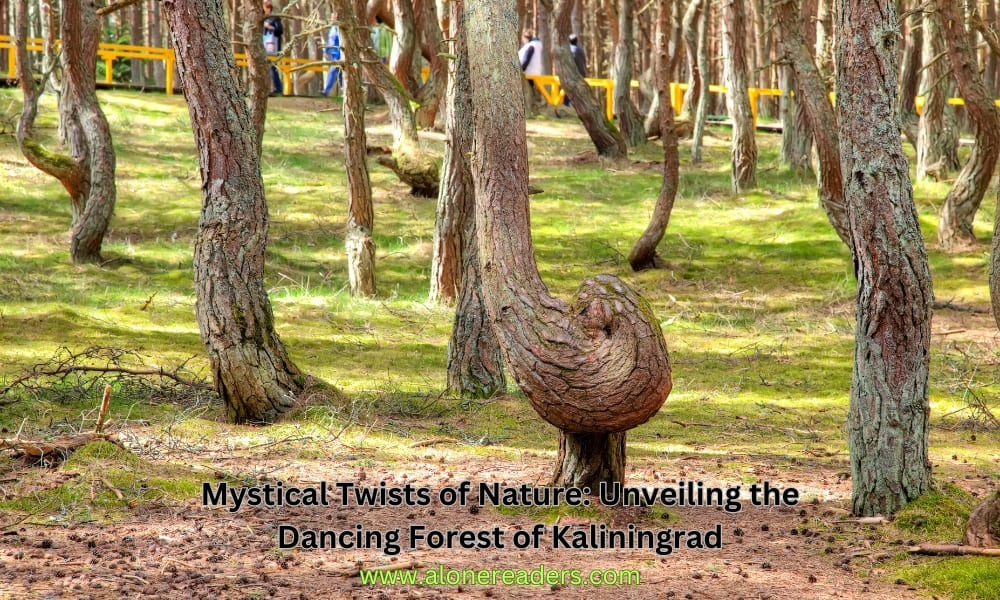
The Dancing Forest, located in the Curonian Spit of Kaliningrad, Russia, presents a unique and almost surreal natural phenomenon. This peculiar forest is renowned for its twisted and spiraling pine trees, which create an otherworldly atmosphere that has captivated visitors and scientists alike. The exact cause of this arboreal ballet remains a subject of debate, adding to the forest's mystical allure.
The Dancing Forest is situated in the Kaliningrad Oblast, an exclave of Russia nestled between Lithuania and Poland on the Baltic coast. Part of the Curonian Spit, a 98-kilometer-long sand-dune spit, the forest is accessible via the city of Kaliningrad, making it a convenient yet extraordinary excursion for both locals and tourists.
The history of the Dancing Forest dates back to the early 20th century when it was part of East Prussia. The trees, mainly consisting of Scots Pines, were planted during the 1930s. The forest was initially intended to stabilize the sand dunes, but over time, the trees began to grow in strange and convoluted shapes.
Various theories have been proposed to explain the forest's contorted trees. Some scientists believe it is due to unstable soil conditions and the area's harsh winds. Others suggest genetic mutations or human intervention as possible causes. However, no single theory has been universally accepted, leaving room for further research and speculation.
In addition to its scientific interest, the Dancing Forest holds cultural significance. Local folklore attributes the trees' shapes to the forest's mystical energies, with some legends speaking of wishes coming true for those who pass through certain tree loops. This blend of natural wonder and folklore makes the forest a compelling destination for those interested in both science and mythology.
Ecologically, the Dancing Forest is a part of a larger ecosystem that includes diverse flora and fauna unique to the Curonian Spit. The forest contributes to the ecological balance of the region and serves as a habitat for various bird species and other wildlife, highlighting the importance of conservation efforts in the area.
The Dancing Forest attracts thousands of visitors annually, drawn by its unusual trees and scenic beauty. There are designated walking trails, and guided tours are available, offering an immersive experience in this natural labyrinth. Photography enthusiasts and nature lovers find the forest particularly appealing.
Preservation of the Dancing Forest is crucial, given its ecological and cultural significance. Environmental challenges, such as climate change and human activity, pose threats to its sustainability. Ongoing conservation efforts aim to protect this unique natural heritage for future generations.
Conclusion: A Natural Wonder to Behold
The Dancing Forest of Kaliningrad remains one of the most intriguing natural wonders in Russia. Whether seen through the lens of science, folklore, or sheer aesthetic appeal, it offers a unique and memorable experience. This forest is not just a destination but a testament to the enduring mysteries and beauties of the natural world.